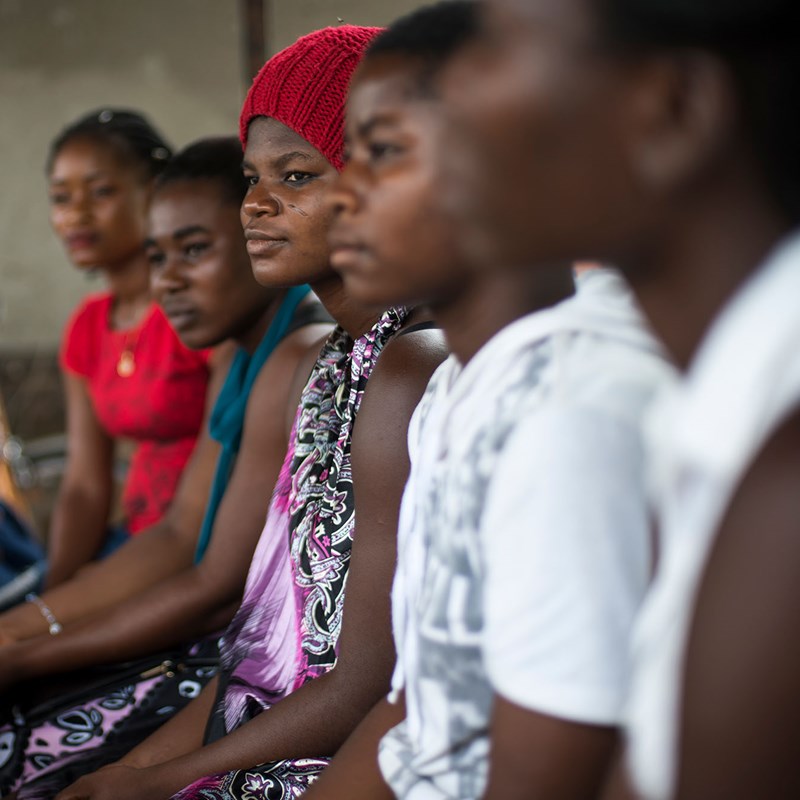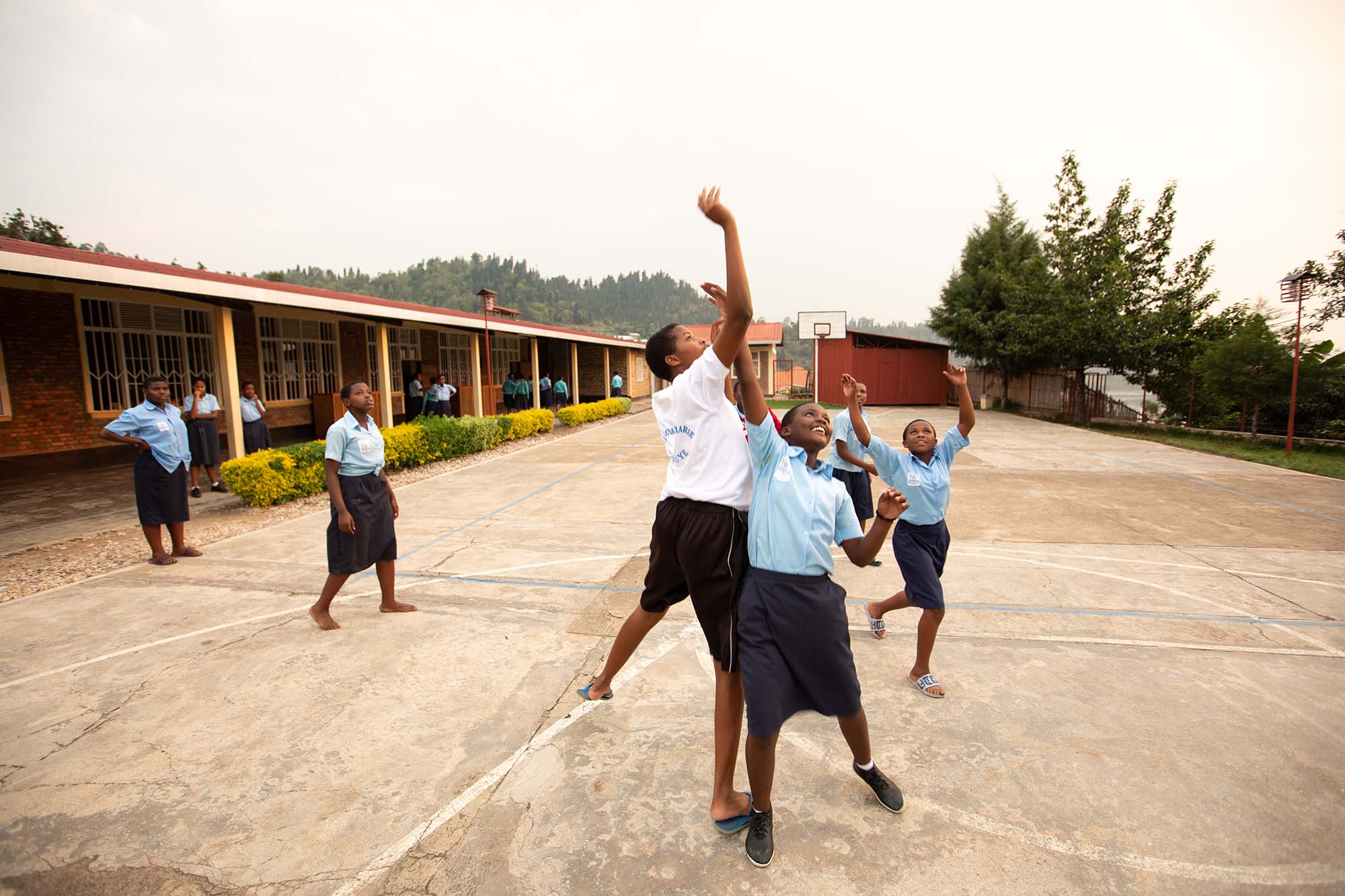
[ad_1]
As HIV practitioners gather this week in Yaoundé for AFRAVIH, the largest international Francophone conference on HIV/AIDS, and a few months before the 25th International AIDS Conference in Munich, the Vice-Chair of the Global Fund Board urges renewed focus on promoting equity in the fight against HIV particularly for groups that continue to suffer a disproportionate proportion of HIV infections.
Every step we make in the fight against HIV today is going to be painstaking – we must press harder for progress. In the early years of the fight against this virus, our gains were often rapid and immense because everywhere you looked, there was great need. Those were devastating times: The disease killed three million people in 2000, more than 2.4 million of them in Africa. In the southern tip of the continent, where I am from, the disease was threatening to disintegrate the very fabric of society.
When the world came together to form partnerships like that of the Global Fund and PEPFAR, it was to challenge the injustice that only the rich could get HIV treatment. It was to stop the possibility of losing a generation of people in many low- and middle-income countries as well as those who were stigmatized and discriminated against because they were considered “different”.
I am proud to say that we have since come a long way. From less than 50,000 people on treatment for HIV in Africa in 2000 to more than 20 million today, HIV prevention innovations have proliferated, reducing HIV infections dramatically.
And yet, more than 1.3 million people were infected with the virus in 2022.
These infections are now happening primarily amongst the most marginalized: Men who have sex with men, people who inject drugs, trans women and sex workers. More so, their voices are increasingly silenced, and they are under constant threat of violence and abuse, as discriminatory legislation directed against LGBTI people is surging around the world. Among these groups, young people aged 15-24 years old bear a disproportionate burden of HIV and are even more vulnerable, facing greater barriers to accessing health services.
Long Road Remains
In Francophone African countries (24 countries – 373.3 million people), the HIV burden is lower than in the rest of the continent. However, they accounted for 16% of all new HIV infections in sub-Saharan Africa in 2022.
Thanks to concerted efforts from the Global Fund and other partners, the AIDS-related mortality rate in Francophone African countries has declined by 82% between 2000 and 2022. In the same time period, the AIDS-related mortality rate fell by 95% in Burundi, by 91% in Rwanda, and by 90% in Côte d’Ivoire and Burkina Faso.
The number of new HIV infections in Francophone Africa also decreased, from 325,000 in 2000 to 108,000 in 2022. Between 2001 and 2022, HIV incidence rates declined by 92% in Burundi and Rwanda, and by 91% in Côte d’Ivoire and Burkina Faso. Through Global Fund-supported programs, antiretroviral therapy coverage in Francophone Africa significantly increased from 4% in 2005 to 72% in 2022.
Still, a long road lies ahead to achieve key objectives, such as elimination of AIDS in children. As many Francophone countries still have high rates of vertical transmission, it is of the utmost importance to improve both prevention and pediatric care simultaneously.
Another key objective is to reduce stigma and discrimination as barriers to HIV prevention, care and treatment. The West Africa regional Stigma Index 2.0 report, based on data from 10,910 people living with HIV in seven countries in the region, found that, among key populations, people who inject drugs and transgender women had the biggest difficulties in accessing testing, care and treatment.
HIV Challenge is One of Equity, Not Science
The fight against HIV is no longer a challenge of science, but one of equity. For us to accelerate progress once again, we must reclaim that strong spirit of equity that animated us two decades ago. That means focusing on the communities most affected by HIV. In Africa, the focus on adolescent girls and boys is an urgent imperative.

Adolescent girls play in a school yard at a boarding school in Karongi district in Rwanda. Keeping girls in school greatly reduces their risk of contracting HIV. Photo: The Global Fund/Vincent Becker
Although HIV incidence in adolescent girls and young women has greatly declined in the past decade, 4,000 girls and young women still get infected with HIV every week across the world, mainly in sub-Saharan Africa. This is unacceptable. This group continues to suffer conditions that are the most iniquitous of all, with structural injustices that predispose them to diseases.
If we are to prevent HIV infections in this population, we must bring together diverse partners to invest in long-term efforts to keep girls in schools.
Education turns girls into women with the possibility of more equal opportunities, and protects them from diseases such as HIV. Educated girls register lower rates of teenage pregnancies, sexual violence, early marriages, and ultimately lower HIV infections.
We must also accelerate investments in programs that support comprehensive sexual and reproductive health and rights, particularly for adolescent girls and young women.
And we must ensure that young women and girls are front and center of projects that seek to engage them. These are some of the goals the Global Fund partnership is seeking to achieve with projects such as Voix EssentiELLES and the HER Voice Fund, which strive to meaningfully engage young women and girls in key health programs and decision-making forums in their communities.
To end the HIV infections in young women and girls, we must also reduce infections amongst their sexual partners. That means investing in efforts to transform cultural and social norms that predispose men and boys to HIV and that shape their engagement with girls and women in their communities.
It also means that men at high risk of HIV infection are tested and supported to start and stay on treatment. Protecting heterosexual men and boys from HIV can also help protect women and girls from HIV.
We must seek to renew our focus on promoting equity. We know how to do this. We did it at the turn of the millennium with our drive for equity in HIV treatment. Let us now move forward and end this unfinished fight by reducing HIV infections among the most affected communities. To get there, we can be reenergized by the goals and the unyielding spirit of those golden years of progress in the fight against HIV.
This op-ed was originally published on Health Policy Watch.
[ad_2]





